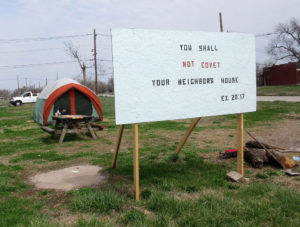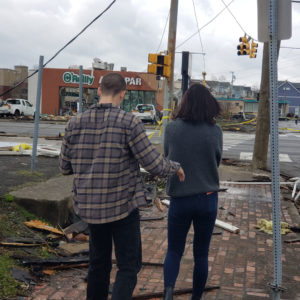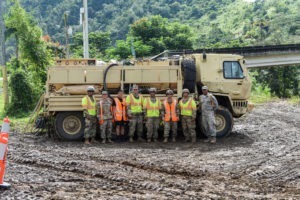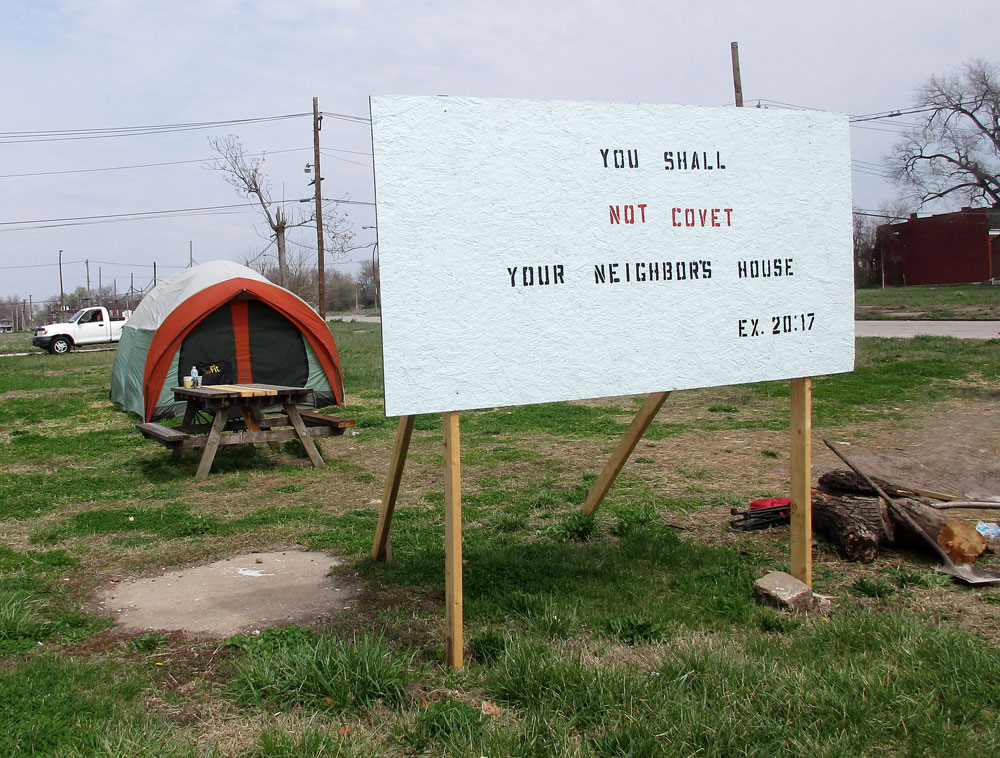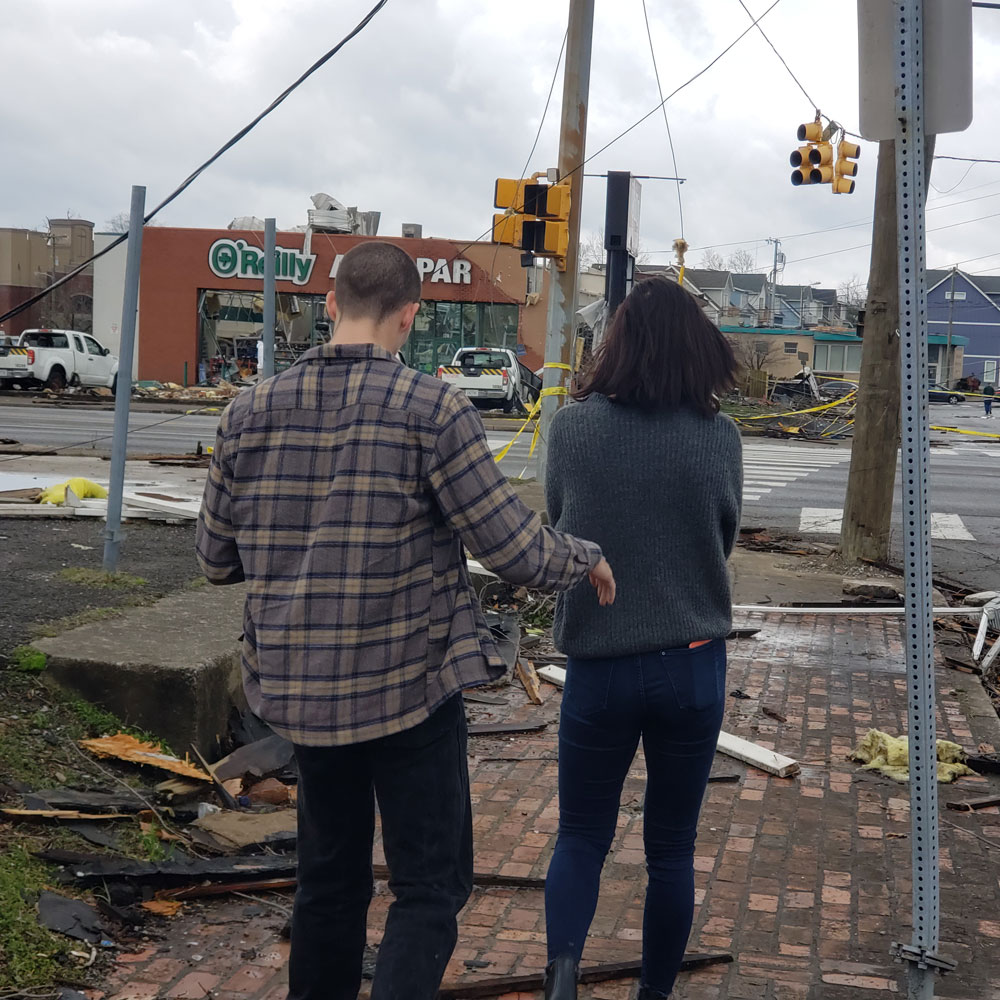
May 26, 2015; WABE-FM (Atlanta, GA)
According to a story in the Guardian about a survey conducted by Barclay’s Digital Giving, only 21 percent of charitable donations in the UK come in forms other than in person or by mail. As a result, a quarter of the 300 nonprofit organizations surveyed (with minimum turnover of £3 million) don’t feel that online giving is really relevant to them. The reason that does not surprise us is that there are so many small nonprofits, at least in this country, for which online giving would not add much. In response to this study, observers in the UK suggest that this is merely a step along a path of incorporating online giving into our total fundraising schemes.
On the other side of that adopter curve are those organizations that almost exclusively use online soliciting. One example of this is New Story. In the aftermath of the earthquake that hit Haiti a few years ago, a host of nonprofit and church-based organizations have headed to that devastated land to offer some help. One such organization, Mission of Hope Haiti, sends people to Haiti on mini-mission trips. A young man, Brett Hagler, went on one of those mission trips and came back determined to do something about the level of homelessness he had seen.
As New Story’s co-founder, Hagler decided that what he could do was get involved through the use of modern technology. Hagler and his colleagues have created a Kickstarter-like website wherein donors are encouraged to give whatever they can; as soon as $6,000 is raised, construction begins on a new home. The project works one family at a time—with that family’s story and some photos posted online, connecting the donors to the recipients of help directly and tugging on the heartstrings. As money comes in, progress is posted on the website—at time of writing, the website lists 24 projects that are fully funded and two others that are partway to completion. When construction is completed, donors receive a photo of the family in their new home.
Sign up for our free newsletters
Subscribe to NPQ's newsletters to have our top stories delivered directly to your inbox.
By signing up, you agree to our privacy policy and terms of use, and to receive messages from NPQ and our partners.
Very little of this is new. Agencies have been offering pictures of aid recipients to donors for years. Back in the day, you could even name a child in a family you had helped. Habitat for Humanity has also been using volunteers to build homes on a standardized design for many years. What strikes us as new is the use of crowdfunding to raise the money to build the homes—small donations from everyday donors pooled to have a powerful impact. The donors not only feel good about having helped a family, but they also now feel part of a productive community.
New Story is also getting some help via Y Combinator, a group that makes small investments in startup organizations and offers a wide variety of capacity-building help. Y Combinator generally works with tech for-profits, but they have taken on New Story as one of the 80 groups they are working with this year.
One word of caution before you click the link and head to New Story to push a donation over the top: One of their partners is the aforementioned Mission of Hope Haiti, and it appears that the latter organization is actually getting the homes built, something they have been doing for a number of years. This would seem to make New Story something of a fundraising arm of Mission of Hope Haiti. A recent IRS Form 990 filing for MOH Haiti from before their partnership with New Story shows the organization had an annual budget of $44 million and that building homes accounted for slightly under $1 million of that. On the other hand, ministry accounted for slightly more than $1 million, and in the description of the organization’s work, success was measured in part by the number of people who “accept Jesus Christ as their lord and savior.” The vast majority of the budget, $37 million, is devoted to a meal program offering food and “hope in Jesus” to thousands of hungry people every day. The New Story website has little or no mention of this aspect of its partner’s work.
In the end, therefore, there is little that’s really new here. The sector as a whole is adopting modern methods at a reasonable pace. In twenty years, we will likely see all of what is now new become old.—Rob Meiksins



